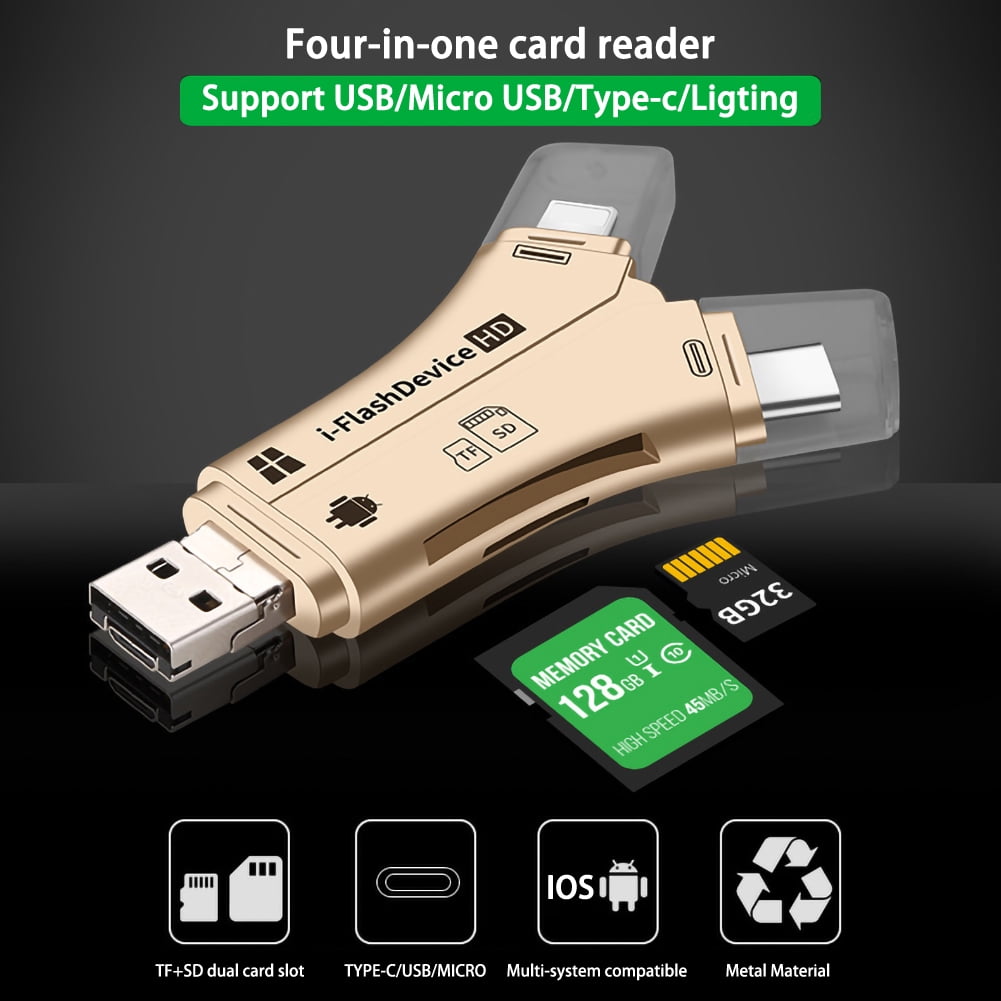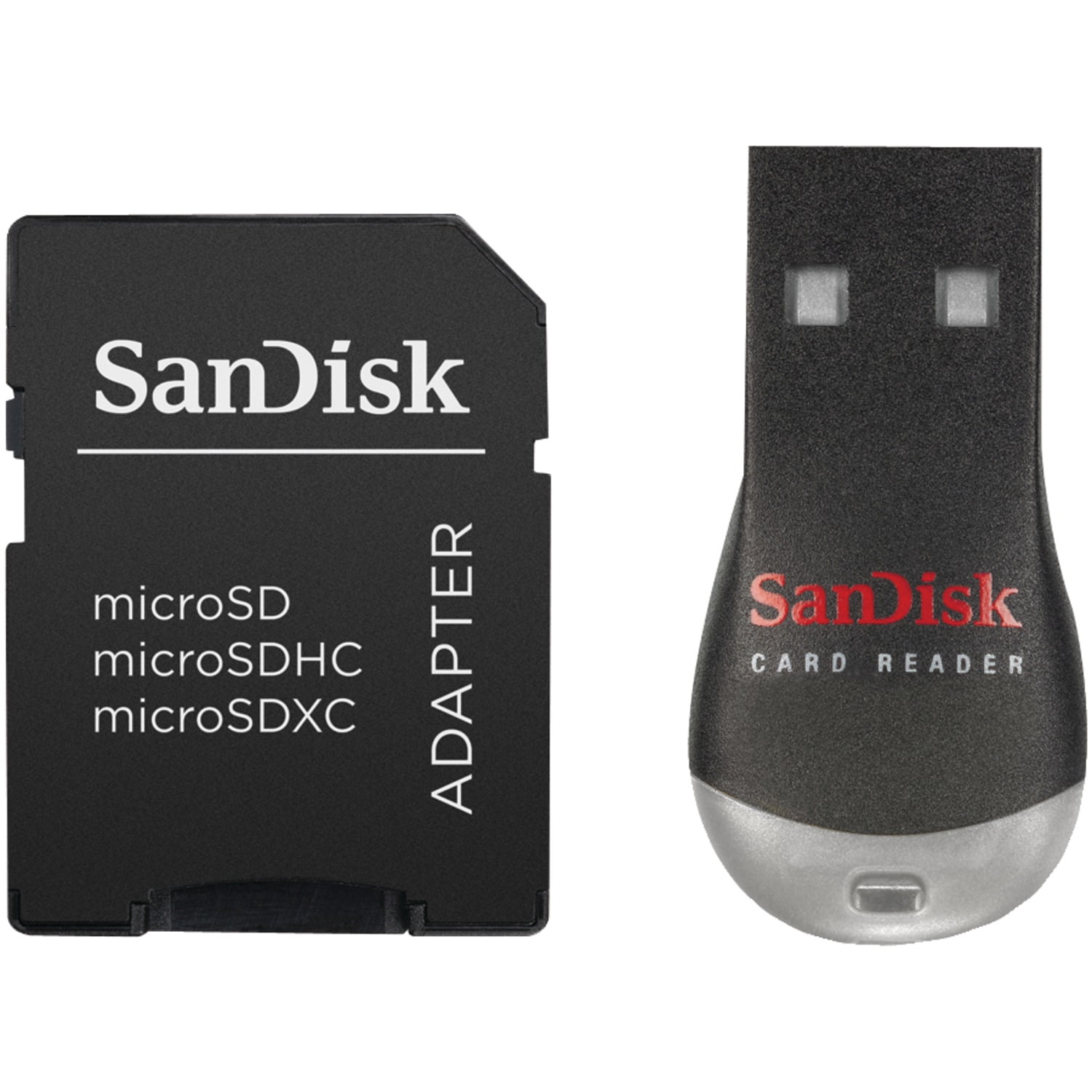

microSD (and TransFlash) cards are electrically compatible with larger SD cards and can be used in devices that accept SD cards with the help of a passive adapter, which contains no electronic components, only metal traces connecting the two sets of contacts. TransFlash and microSD cards are functionally identical allowing either to operate in devices made for the other. The microSD removable miniaturized Secure Digital flash memory cards were originally named T-Flash or TF, abbreviations of TransFlash. While the new cards were designed especially for mobile phones, they are usually packaged with a miniSD adapter that provides compatibility with a standard SD memory card slot. The SDA adopted the miniSD card in 2003 as a small form factor extension to the SD card standard.

The miniSD form was introduced at March 2003 CeBIT by SanDisk Corporation which announced and demonstrated it. Early samples of the SD card became available in the first quarter of 2000, with production quantities of 32 and 64 MB cards available three months later. The SD Association, headquartered in San Ramon, California, United States, started with about 30 companies and today consists of about 1,000 product manufacturers that make interoperable memory cards and devices. For this reason the D within the logo resembles an optical disc.Īt the 2000 Consumer Electronics Show (CES) trade show, the three companies announced the creation of the SD Association (SDA) to promote SD cards. The trademarked "SD" logo was originally developed for the Super Density Disc, which was the unsuccessful Toshiba entry in the DVD format war. Developers predicted that DRM would induce wide use by music suppliers concerned about piracy. It was designed to compete with the Memory Stick, a DRM product that Sony had released the year before. The card was derived from the MultiMediaCard (MMC) and provided digital rights management based on the Secure Digital Music Initiative (SDMI) standard and for the time, a high memory density. In 1999, SanDisk, Panasonic (Matsushita), and Toshiba agreed to develop and market the Secure Digital (SD) Memory Card.
#SD CARD ADAPTER PORTABLE#
Secure Digital, officially abbreviated as SD, is a proprietary non-volatile flash memory card format developed by the SD Association (SDA) for use in portable devices. We will be carrying out tests to see how this card performs versus more expensive higher performance cards out there.Portable devices, such as digital cameras and mobile phones (including most smartphones)

The card comes with a 10-year warranty and claims resistance to shock, water, X-ray, magnetic waves and extreme temperatures.
#SD CARD ADAPTER 1080P#
This card is marketed to support full HD 1080p video recording and playback but we will look at to what extent it can support 4K video as well. The card comes bundled with an adapter if you need to use the MicroSD card in a standard SD card slot.
#SD CARD ADAPTER ANDROID#
The Gigastone 32GB Class 10 MicroSD Card with Adapter can be used with compatible Android smartphones, tablets/PCs, game consoles, GPS, camcorders and cameras. This card reports up to a 48MB/s data transfer rates and is marked as UHS-I, UHS Speed Class U1 and Class 10 (min 10 MB/s). One of the cheaper SD cards out there is the 32GB Class 10 MicroSD Card with Adapter from Taiwan based Gigastone. A Quick Look at Gigastone’s 32GB MicroSD Card with Adapter


 0 kommentar(er)
0 kommentar(er)
